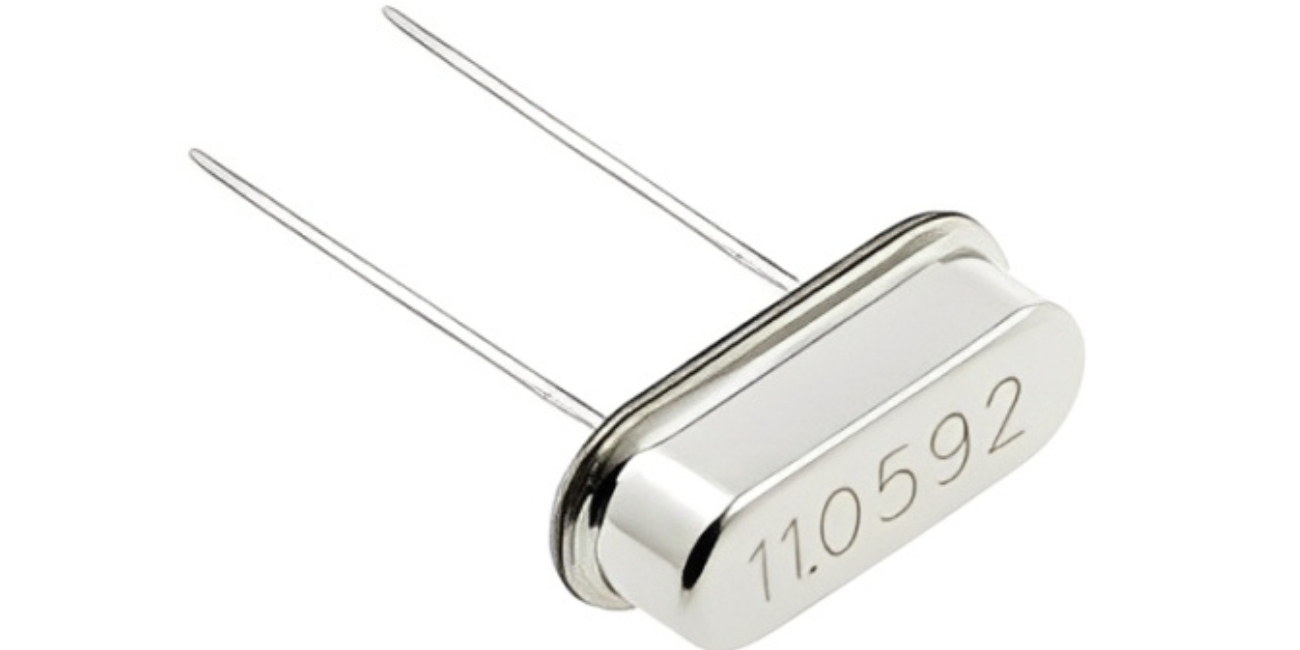
DSM Online Support
Support Master
Welcome to DSM Online
How can I help you today
How can we assist you? please let us know the support you need from DSM Online

Every digital circuit needs a clock—a steady, stable heartbeat that synchronizes every operation, from fetching an instruction to flipping a bit. Without a reliable timing source, a microcontroller is just a collection of unconnected logic gates. While simple circuits might rely on internal resonators, any serious project demanding precision, speed, and, most importantly, flawless communication must rely on a crystal oscillator.
The HC49/U 11.0592MHz Crystal Oscillator is a legendary component in the electronics world, particularly for those working with 8051-based microcontrollers, old-school AVRs, and any system heavily reliant on serial communication. Its specific frequency is not a random number; it’s a meticulously chosen value that solves one of the biggest headaches in embedded systems. Having a crystal oscillator pack 5 ensures you have the necessary components to guarantee precision across multiple projects.
A crystal oscillator harnesses the piezoelectric effect, a property where certain materials (like quartz crystal) vibrate at a precise frequency when an electric current is applied.
The Digital Heartbeat: The crystal component, combined with the internal circuitry of a microcontroller, forms an oscillator circuit. This circuit generates a square-wave signal—the "clock pulse"—that dictates the speed and timing of every single operation the chip performs. A higher frequency means faster processing, but stability is always the primary concern.
Accuracy vs. RC Circuits: Compared to cheaper internal RC (Resistor-Capacitor) circuits, a crystal provides several orders of magnitude greater stability and accuracy. This precision is vital because any small error in the clock signal is multiplied thousands of times per second, leading to timing drift or communication failure.
The HC49/U Standard: The HC49/U crystal package style refers to the robust, low-profile metal can housing. This is the industry standard for a through-hole mounted crystal, known for providing a shielded, durable component that is easy to integrate into a PCB.
This is the key to understanding why this exact frequency is so popular. It all comes down to UART crystal frequency selection for reliable serial communication.
Serial communication (UART) is the process of transmitting data one bit at a time, common when a microcontroller talks to a PC, a GPS module, or another microcontroller. To communicate effectively, both devices must agree on a timing rate, known as the baud rate (e.g., 9600 bps, 115200 bps).
A microcontroller uses its internal clock frequency (the crystal) and divides it down using internal registers to generate the precise timing required for the baud rate.
The number 11.0592MHz is unique because, when divided by the common pre-scalers used in 8-bit microcontrollers, it results in the standard baud rates with zero rounding error. For example:
If you were to use a round number like 12.0000MHz, the division to reach a baud rate like 115200 would result in a fractional remainder. This small rounding error accumulates over the hundreds or thousands of bits sent, eventually causing the receiving device to read an incorrect bit, leading to garbled data.
The 11.0592MHz timing eliminates this error, ensuring rock-solid data integrity. This makes it the default and best choice for any project where the microcontroller clock source must guarantee error-free serial data exchange.
Integrating the crystal into your circuit is straightforward but requires two additional, small ceramic capacitors (typically 22pF or 33pF).
Connect the crystal across the two oscillator pins (XTAL1 and XTAL2) on your microcontroller.
Connect one lead of each capacitor from each of the crystal pins to the ground rail.
These capacitors are essential; they "tune" the circuit to ensure the crystal oscillates at exactly its specified frequency. Since they are so small and easily misplaced, having a crystal oscillator pack 5 ensures you have spares for all your bench builds.
The 11.0592MHz crystal oscillator is the quiet foundation of stable, reliable embedded systems. It’s a component that, while seemingly simple, solves a complex timing problem with elegance and precision. By ensuring error-free serial communication, this crystal turns your microcontroller from a basic calculator into a reliable data exchange hub. For any maker serious about their projects, this precision-tuned clock source is truly an essential investment.